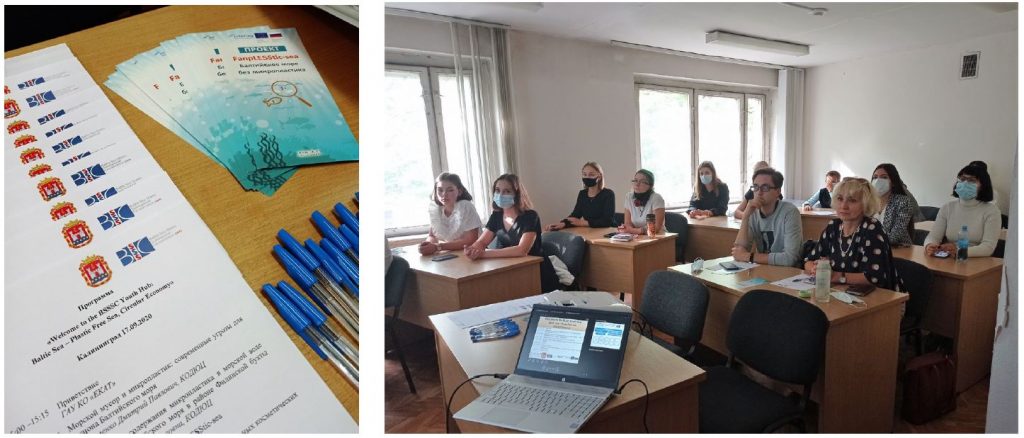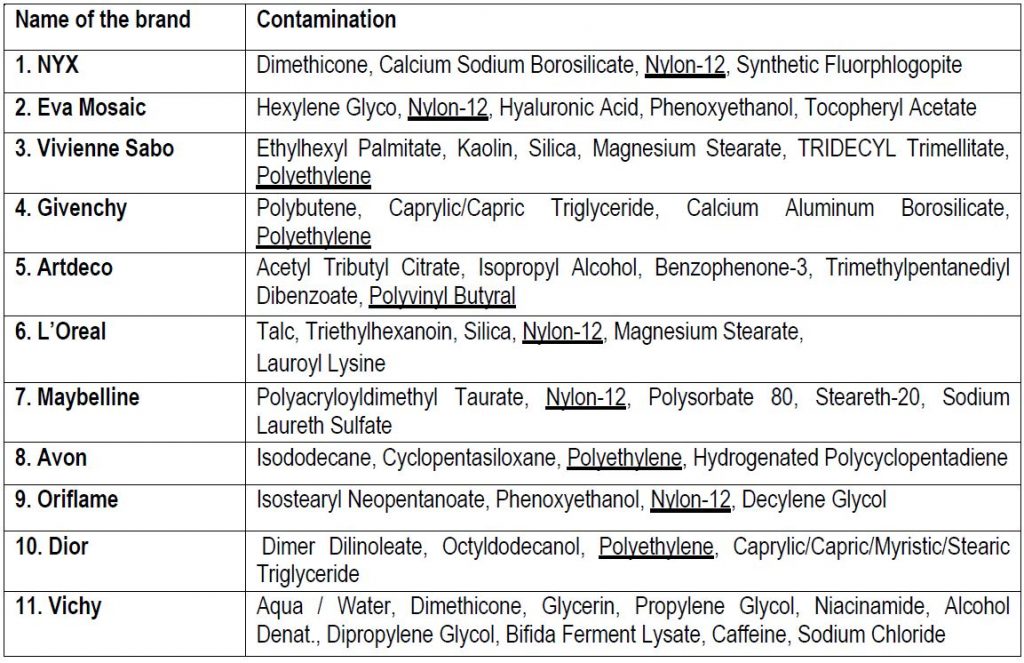Youths are in power with environmental challenges
“BSSSC local Hub” was held in Kaliningrad on the 17th of September. The event was organized in the frames of Baltic Sea States Subregional Co-operation by ECAT-Kaliningrad with support of Agency for Foreign Affairs and Regional Cooperation of the Kaliningrad region and FanpLESStic-sea project. The main topics of the event are plastic and micro plastic pollution of the Baltic Sea and development and dissemination of Circular economy approaches.
 Totally 21 participants from 3 youth education organizations joined to our meeting. They are School of future, Kaliningrad Regional Children-Youth Center for Environmental, Local History and Tourism and Baltic federal University named by Immanuel Kant. The program included presentation from the experts and schoolchildren and further discussion on the opportunities to decrease the negative impact to the environment.
Totally 21 participants from 3 youth education organizations joined to our meeting. They are School of future, Kaliningrad Regional Children-Youth Center for Environmental, Local History and Tourism and Baltic federal University named by Immanuel Kant. The program included presentation from the experts and schoolchildren and further discussion on the opportunities to decrease the negative impact to the environment.
The great fact that schoolchildren are aware of the problems, moreover they presented quite qualified researches concerning pollution by plastic litter in the sea waters of Filinskaya bay (Table 1), microplastic contamination in popular cosmetics.
During the research in the Filinskaya Bay, 3 places war chosen for sampling: next to the equipped beach, popular crowded space and uncrowded place. The numbers is contamination of different types of plastic particles in the cubic meter of water presented in the form of the table where we can see the relations. For example, the plastic next to uncrowded place presented mainly by fishing lines, parts of nets for fishering.
Table 1. Result of student’s research on microplastic pollution in Filinskaya bay, Baltic Sea region

The next presentation showed the importance of meeting the content of cosmetics we use daily. In the course of the research, a study of the compositions and visual inspection of cosmetic products was carried out. Also, the extract of cosmetics was prepared by the laboratory method and was examined by microscopes.
As the result, 10 cosmetics from 11 has plastic particles. Around 4 types of microplastic were determined. At the finish of the result, students prepared recommendations how to choose cosmetics by its contamination.
Table 2. Results of student’s research on microplastic ingredients in cosmetics

After all presentation, participants discussed the topics of the Hub. It was obtained that the main challenge on the way to a sustainable life is lack of information. The fact people who even one time interested they might know but for the wide audience, the microplastic problem is still new as well as information on opportunities to replace plastics things to more sustainable counterparts.
The discussion was faced not only personal approach but on the 3 levels: person – group – and Baltic Sea region, this allows to prepare list of terms concerned to the further development of sustainability.
- Take an active part in the separate collecting wastes where it is possible.
- Prefer reusable glasses, cups, dishes.
- More places for separate collecting wastes.
- Avoid cosmetics with plastic particles.
- Natural textile is the best choice
- More informational campaigns.
- Interactive platform with ZeroWaste shops, second hands and etc.
- Promotion and implementation of the principles of sustainable consumption.
Inspired by this meeting, the students from the School of Future created a short animation about plastic pollution and circular economy aspects. The main idea of this project is to inform different social groups about harm of plastic using an animation to attract more young people, and to replace plastic cups with reusable bottles. Link to the animation
